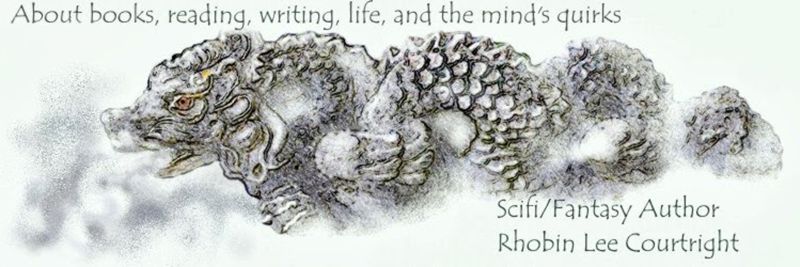Continuing ideas presented in my post, “Surprise Secondary Characters,” what surprises me is the number of secondary characters who become leads in the following story. In today’s market, many secondary characters from a previous story become the main character in the series next story. Those characteristics might have been developed a little more than most to pique the reader’s interest but didn’t take over the story. Although this method has been used for a long time, I don’t remember it ever being so much a characteristic of earlier series as it is in today’s fiction. Whether it is a contemporary or a historical romance series set in a particular time or location, or a fantasy and science fiction novel set in a particular world, series make create popular fiction; however, I’ve encountered some that went on too long. When the characters lose their individuality, I leave the series.
The permutations of serialization in stories are amazing from numerous stand-alone romances located in a single named town setting to stories based on one unique aspect of the main characters (think series about werewolves, vampires, dragons, and other shapeshifters). I’ve encountered several authors writing from their own unique viewpoint in one prearranged world, and a more common standard of a very long, convoluted plot taking place in several volumes.
I find series I like easy to read and relate to because I know the background so well, and enjoyable because it is like visiting home. I’ve used this method in my own writing.
Somewhere I’ve read that there are only seven, or some other finite number, of plots. While I’m not so certain of that assertion, I don’t worry too much about it except as the situations and emotional reactions of the characters interest me. Readers read. It’s what I enjoy. I love to read, and as long as the characters and the action differ in the story, the rest is usually irrelevant. Types of human relationships seem to be similar but infinitely different. As a reader I want to relate to a character whose morals I can identify with, even if they are not my own; a society whose ethical standards I understand, even if anathema to my own.
As I mentioned before, I’ve studied Vladimir Propp’s fairytale progression analysis and Carl Jung’s character archetypes and found them described in Christopher Vogler’s The Writer’s Journey. A long time ago I wrote a paper on an episode of Air Wolf showing these same details in TV programming. Discovering the similarities in the ancient orally passed-on stories and the psychology involved in those stories initially surprised and interested me. Since then it has helped me determine my characters’ purposes and their actions in the plot. Every writer tells a story in a different way, organizes the scenes in different order, gives a different take on a familiar plot, but the idea our inner ancient story demands lives on in my readers helps guide my writing.
The permutations of serialization in stories are amazing from numerous stand-alone romances located in a single named town setting to stories based on one unique aspect of the main characters (think series about werewolves, vampires, dragons, and other shapeshifters). I’ve encountered several authors writing from their own unique viewpoint in one prearranged world, and a more common standard of a very long, convoluted plot taking place in several volumes.
I find series I like easy to read and relate to because I know the background so well, and enjoyable because it is like visiting home. I’ve used this method in my own writing.
Somewhere I’ve read that there are only seven, or some other finite number, of plots. While I’m not so certain of that assertion, I don’t worry too much about it except as the situations and emotional reactions of the characters interest me. Readers read. It’s what I enjoy. I love to read, and as long as the characters and the action differ in the story, the rest is usually irrelevant. Types of human relationships seem to be similar but infinitely different. As a reader I want to relate to a character whose morals I can identify with, even if they are not my own; a society whose ethical standards I understand, even if anathema to my own.
As I mentioned before, I’ve studied Vladimir Propp’s fairytale progression analysis and Carl Jung’s character archetypes and found them described in Christopher Vogler’s The Writer’s Journey. A long time ago I wrote a paper on an episode of Air Wolf showing these same details in TV programming. Discovering the similarities in the ancient orally passed-on stories and the psychology involved in those stories initially surprised and interested me. Since then it has helped me determine my characters’ purposes and their actions in the plot. Every writer tells a story in a different way, organizes the scenes in different order, gives a different take on a familiar plot, but the idea our inner ancient story demands lives on in my readers helps guide my writing.

No comments:
Post a Comment